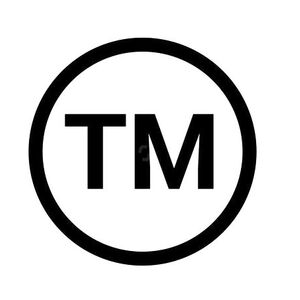Brexit & its effects on Intellectual Property Protection
Posted on Friday 21 October 2016 by Cruickshank Intellectual Property
Following the UK referendum on June 23rd there has been speculation as to when the UK will trigger Article 50 of the Lisbon treaty, which once triggered, will begin a two-year negotiation process between the UK and the EU setting out the details of the exit. Recent coverage suggests that Article 50 may be triggered in March 2017 giving the UK government more time to prepare for the discussions given the recent changes to parliament. The effect of the UK’s exit from European Union regarding Intellectual Property protection at the time being remains largely unknown.
One fact is that until the moment that the UK has officially removed itself from the EU all IP protection remains in force.
In relation to Britain leaving the European Union, we will now briefly discuss the changes which may arise in relation to Trademarks, Patents and Designs.
Patent:
Existing European patents which cover the UK will remain unaffected as the UK’s exit from the EU will not affect the current European patent system which is governed by the European Patent Convention. (EPC), this is separate to membership of the EU. In regards to the Unitary Patent and Unified Patent Court the UK will be required to find a solution. The Unitary Patent which is planned to be launched in 2017 will not extent to Britain following Brexit, The Unitary Patent is only available to the member states of the European Union. Therefore, patent applicants will have to validate their patents which were filed at the EPO separately for the UK. The result of Britain leaving the European Union and the fact that they have not triggered article 50 yet will most likely delay the introduction of the Unitary Patent. This is because the requirement or ratification is needed from the three EU countries where most European patents are validated and this currently stands as Germany, UK and France. Following the UK’s exit the next country on the list will be included in the top three for ratification (Italy), bringing the UP into use. The situation is further complicated by the fact that London was one of the three locations to host the central division of the UPC, along with Munich and Paris. It is likely that re-negotiation of the Unitary Patent and the Unified Patent Court will be required.
Trade Marks:
The EUTM (European Union Trade Mark) will cease to provide protection following Britain’s exit from the EU. Trade Mark Proprietors who wish to retain protection within the UK will be required to obtain a national UK Trade Mark in addition to the EUTM. The current system allows for EUTM’s to be converted into national rights It remains unclear what will happen but we presume that arrangements will be put in place for the transitional period. However, there is a risk of revocation for a mark which previously was dependent on its use within the UK of being open to revocation following exit from Europe, to retain a EUTM in revocation proceedings you are required to show use of the mark for a continuous period of 5 years in a EU member state.
Designs:
Designs are governed similarly to the EUTM, the same comments in relation to Trade Marks as above applies. Registered Community Designs (RCD’s) would not hold any protection within the UK once removed from the EU. Again, separate applications will be required.
There are many more issues which will need to be resolved and discussed in depth once Article 50 is triggered, which until then and the direction in which way the Great Britain leaves the European Union will remain speculative.
Cruickshank would advise their clients to contact us regarding individual IP portfolios where we can comment specifically on how to move forward and retain protection in the UK along with the wider EU member states.
Please feel free to contact us regarding any queries.
More Like This
Get in
touch
If you have an idea that requires protecting or simply need an expert in European IP Law, then please get in touch with us today.
Contact us
8a Sandyford Business Centre,
Sandyford, Dublin 18
D18 R2N8
Publications
The world is constantly changing, to provide the best possible advice we need to keep our fingers on the pulse of European law. If you would like to know the latest news or download helpful publications and guidance, go here


